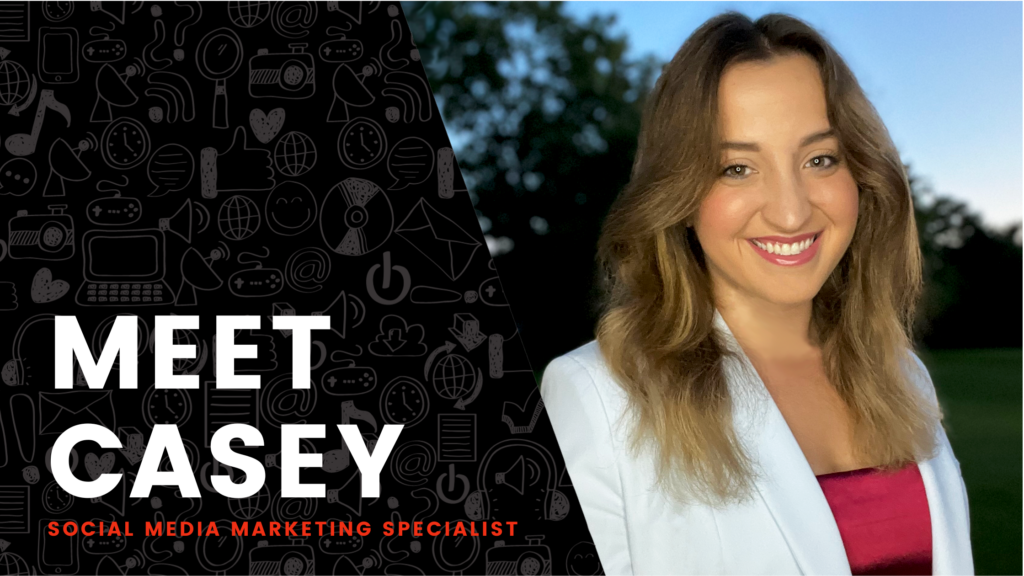Does Taking a Political Stand on Social Media Increase Engagement?
Data and surveys indicate that engaging with politics on social media can increase engagement with your brand--but your product and business model, what consumers may consider political or not, and target audiences are all vital considerations before devising a strategy.

The Numbers
While finding data specifically on how political speech affects brand engagement on social media may be tricky, statistics about brands and political speech in general are abundant and can applied confidently to social media.
Political speech and tapping into conversations or movements using hashtags will likely increase engagement rate (ER) on social media. In 2020, political pages had the highest engagement rate per post on both Facebook and Twitter out of 35 total industries and carried the third-highest ER on Instagram.
Studies from multiple sources suggest that consumers are open to, even expectant of, brands engaging politically. A survey from SAP revealed 63% of consumers prefer to purchase gifts from brands that support specific social positions. A study from Sprout Social contended that 66% of consumers wanted brands to take public stands on political issues. Interestingly, these trends are reflected in consumers' opinions of companies that sell consumer goods and staples: polling in 2020 showed that 68% of Americans wanted consumer brands to engage specifically with social issues. And 58% of consumers are most receptive to brands communicating social and political positions on social media, the highest percentage of 11 mediums polled.
Surveys show that liberal and left-leaning audiences are more likely than conservative or right-leaning audiences to think positively of brands aligning with political and social movements.
What This Means
These numbers indicate that your audience is likely to be open to your brand taking a political stance on social media. If your target is predominantly left-leaning or Gen-Z, they may even be looking for your brand to engage politically and express its values.
So...what kinds of things count as "politics"?
What do audiences consider political speech? What constitutes "taking a stand"?
Voting is a key pillar of the American political process, and encouraging audiences to vote garners bipartisan support. Users across the political and age spectrum approve Get Out the Vote campaigns from nearly every brand on social media. According to Morning Consult, 46% of consumers viewed more favorably companies that got involved with voter registration efforts, and 58% viewed more favorably companies that gave employees Election Day off of work. These trends will likely extend to brands that encourage voting on social media.
Urging your audience to engage with the electoral process, offering reminders to vote, or even rewards and incentives to do so is generally viewed as a brand performing its civic duty and received favorably by consumers.

What is the nature of your brand?
The focus of your brand or business may also help determine what kind of and how much political speech your audience will support.
Suppose you are, for example, a small business making social media content raising awareness of legislative initiatives that affect your business. In that case, this will likely be accepted by your customers and audience, with the potential to increase engagement and drive users to support your cause. The Right to Repair movement, for instance, and its importance for small electronic repair and retail is a prime example. A brand related to aquatic sports or outdoor adventures may logically support environmental causes and conservation initiatives.
If legislation will affect your business or industry, sharing your opinions, increasing awareness, and even mobilizing users will all likely be viewed as appropriate, rather than divisive, by your existing audience.
Who is your audience?
As mentioned above: younger and/or left-leaning users tend to view brands that engage politically more favorably than brands that do not. Many older and/or right-leaning users are indifferent about brands engaging politically - a minority even view engaged brands less favorably.
Use analytics to determine your audience's demographics on various social media platforms to help decipher how much you stand to gain (or lose) by aligning your brand with a cause or movement.
The Bottom Line
Taking a stand politically will likely increase your brand's engagement rate on social media.
However, there is such a thing as bad publicity in this circumstance.
When your brand takes a political stand on social media, it may endear some users and alienate others. When, where, and how to align your brand with a political movement should be influenced by your audience and the nature and values of your brand.
Need help crafting a social media strategy that promotes your business and also takes a stand on social issues? Shoot us a message below!



















